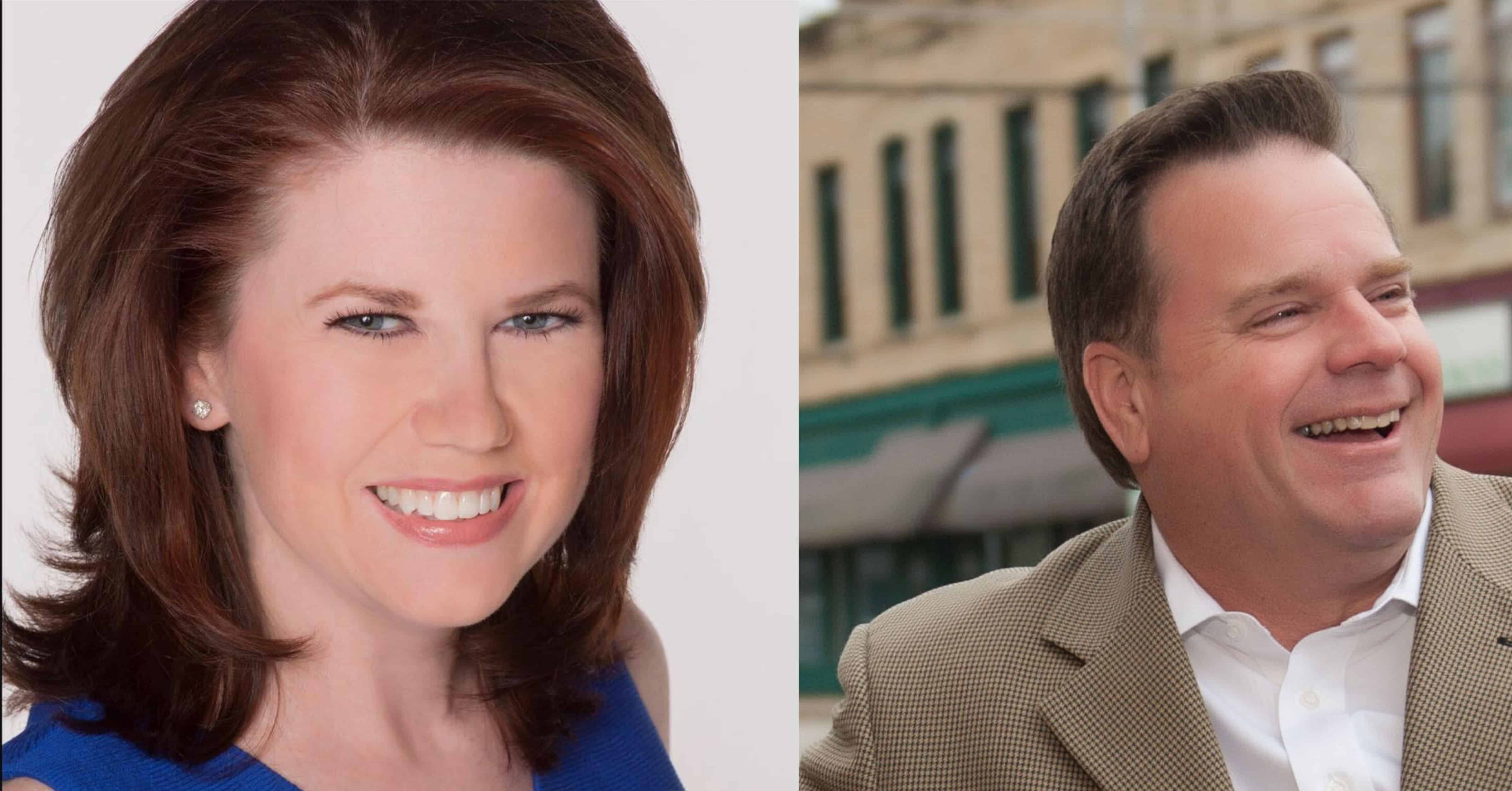The most powerful factor to assist in the planning for your future is time. However, time is also the one factor of investing that you can’t control. What do you do?
To properly unleash the power of time in the calculation of compounding interest, you must start early to invest. You have more control over your future than you know. For example, if you saved only $100 each month from the time you graduate college at age 22 until you reach 30 and invest it prudently, say at an annual return of 6%, you would accumulate $12,344.27. Not quite ready to retire at age 30, right?
What happens when you continue saving each month but the amount is increased to $250 from age 30 until age 67, which is the age full retirement age for Social Security Benefits and assume the same annual rate of return? Of course, the amount in your savings account would be much higher if all assumptions were realized. How much would you realize in your savings account at age 67? You would have accumulated $522,896.95! Now, can you retire and live the life you choose? It depends.
The key financial principles to learn from this illustration is that time and compounding of interest have helped you grow your account by $402,296.95 and you only invested $120,600. What if you had invested a little more each month, say $500 per month from the age of 30? You would realize a total of $932,763.11! To illustrate the power of these two financial principles, you have saved only $231,600 from your earnings and the account grew $701,163.11.
What if we looked at this from another angle? Let’s assume that you enjoy coffee. Instead of the latte with extra espresso that costs $3.50 per day, you save this amount in your savings account each week for a total of and invest the funds to earn 6% annually. How much would you have accumulated in 45 years? $294,561.07! Now, that is a lot of coffee money.
The overall lesson to learn from these illustrative calculations is that you can save a significant amount of money for retirement if you start early in life. Time is the most powerful of element when growing money for the future. Of course, no one earns an exact 6% each year for forty-five consecutive years. However, the calculations provide you some motivation to start saving at the earliest point in your life.
One of the best methods of accumulating money is to fund your employer retirement plan with as much as you can defer from your salary. Most plans feature a matching contribution from the employer, when coupled with your potential for growth, would help you reach your savings goals faster.
These simple concepts can work for you if you maintain discipline in the process. Too many people believe they have plenty of time to save for retirement and create a lifestyle that is too costly to allow them to save. Here is the trick to this process: do what wealthy people do. Save first and spend the rest! See you on the golf course.












